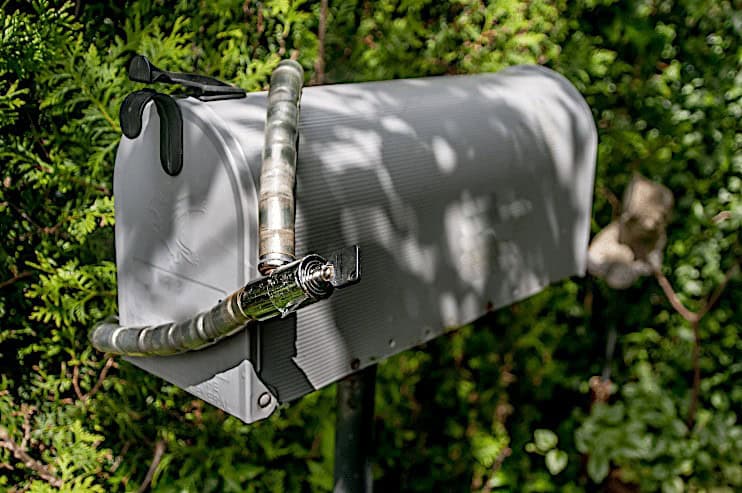👋 Are you reading this article in the year 2024? Then there's a good chance that DKIM is the problem with your mail delivery. Read this short article to find out exactly what is happening here: https://mainetcare.de/bei-fragen-fragen/was-ist-dkim/ 👈
If not, read on:
Anyone who sends emails on a semi-regular basis will be familiar with them: Automatically generated replies with error messages in the subject line such as "Mail delivery failed: returning message to sender". This is how the destination server of our email informs us that it is unable to forward our message to the desired destination address.
Typical reasons for this are, for example, typing errors in the destination address or overfilled recipient mailboxes. The content of the error mails contains information on this in the form of error codes and numbers.
Then it is a matter of correcting the underlying error on the basis of this error information, i.e. eliminating any typing errors or drawing the recipient's attention to an overdue tidying-up operation in the mailbox.
Somewhat more special are error messages from Googlemail with the error message
"550-5.7.26 This message does not have authentication information or fails to.550-5.7.26 pass authentication checks. To best protect our users from spam, the
550-5.7.26 message has been blocked. Please visit550-5.7.26 https://support.google.com/mail/answer/81126#authentication for more550 5.7.26 information. u2-20020a5d6da2000000b0020c4e4aa917si32637wrs.576 - gsmtp"
You will receive such messages if Google considers the authenticity of your domain for sending mail to be questionable. In other words, Google believes that an unauthorised third party may be misusing your domain, e.g. for sending masses of spam.
The domain does not necessarily have to be included in a spam blacklist. Google sets its own criteria here.
Anyone who frequently sends mails to GMail addresses that involve other servers outside their own domain can become the target of Google's precautionary measures.
This can happen, for example, as a result of sending newsletter emails via third-party providers or automatically generated messages from a web application.
In order to reopen the gates to GMails mailboxes, Google proposes various technical measures to be able to check the authenticity of all servers involved when sending each individual message.
Unfortunately, implementing these measures is not entirely trivial and cannot be done quickly.
But what to do if a message is to be sent immediately to a GMail address, but an error message stubbornly always comes back straight away?
Fortunately, there is a quick trick to send the mails successfully anyway: If you replace the domain name gmail.com with googlemail.com, the messages will be delivered correctly.
The domain googlemail.com was used for a while by Google in some countries where the domain gmail.com could not be used for licensing reasons. At the moment, the mail domains googlemail.com and gmail.com are to be regarded as synonymous, the former redirects to the latter. However, they apparently actually behave differently with regard to the authenticity check.
Of course, this does not have to remain the case. The usability of googlemail.com has basically been discontinued for some time and there is no guarantee that this method will work as described in the long run.
So this little trick is more of a workaround and not a "clean" solution. It should be essential to familiarise yourself with techniques such as SPF, DKIM and DMARC in order to implement a watertight implementation in the sense of Google.




